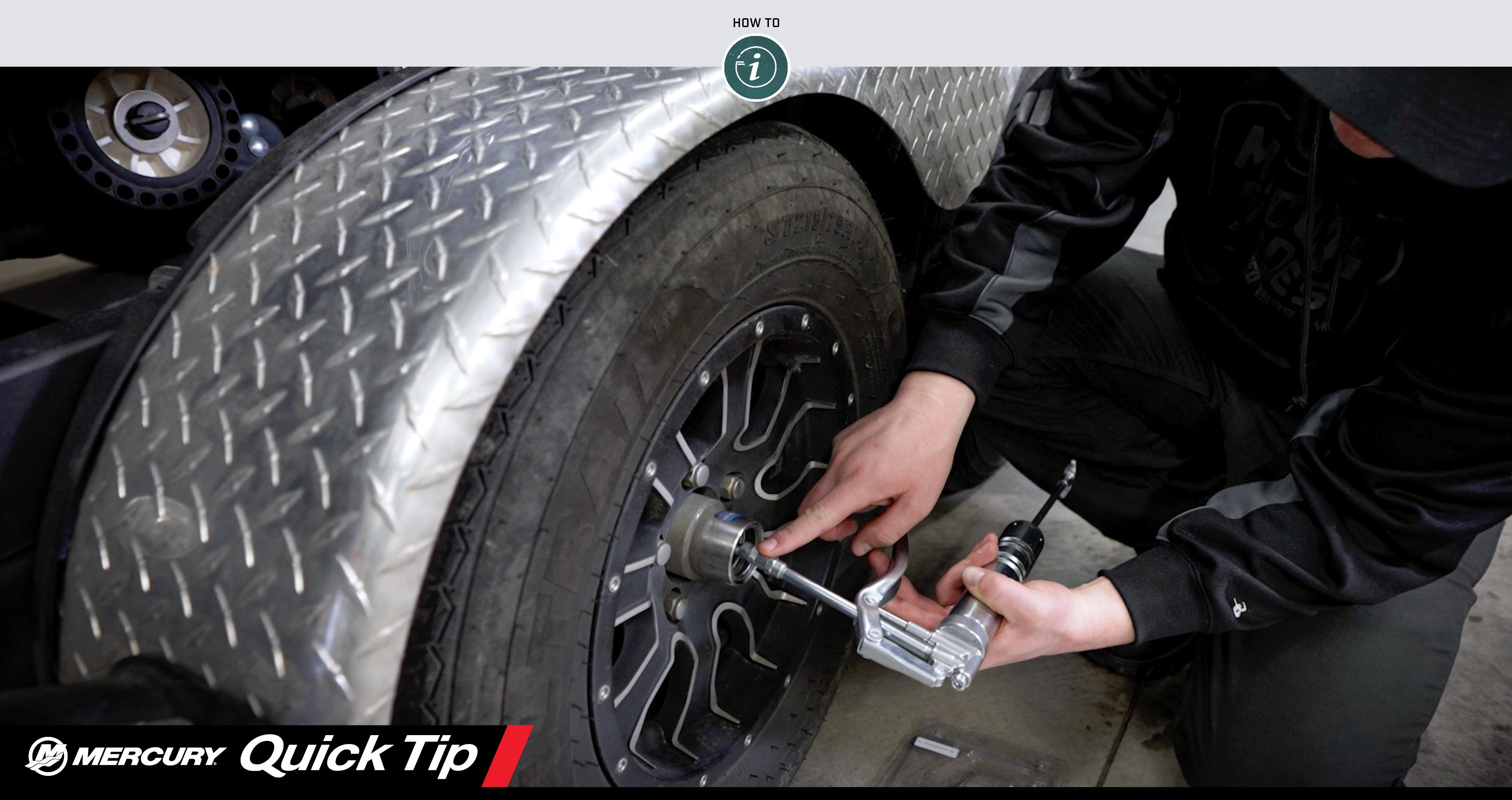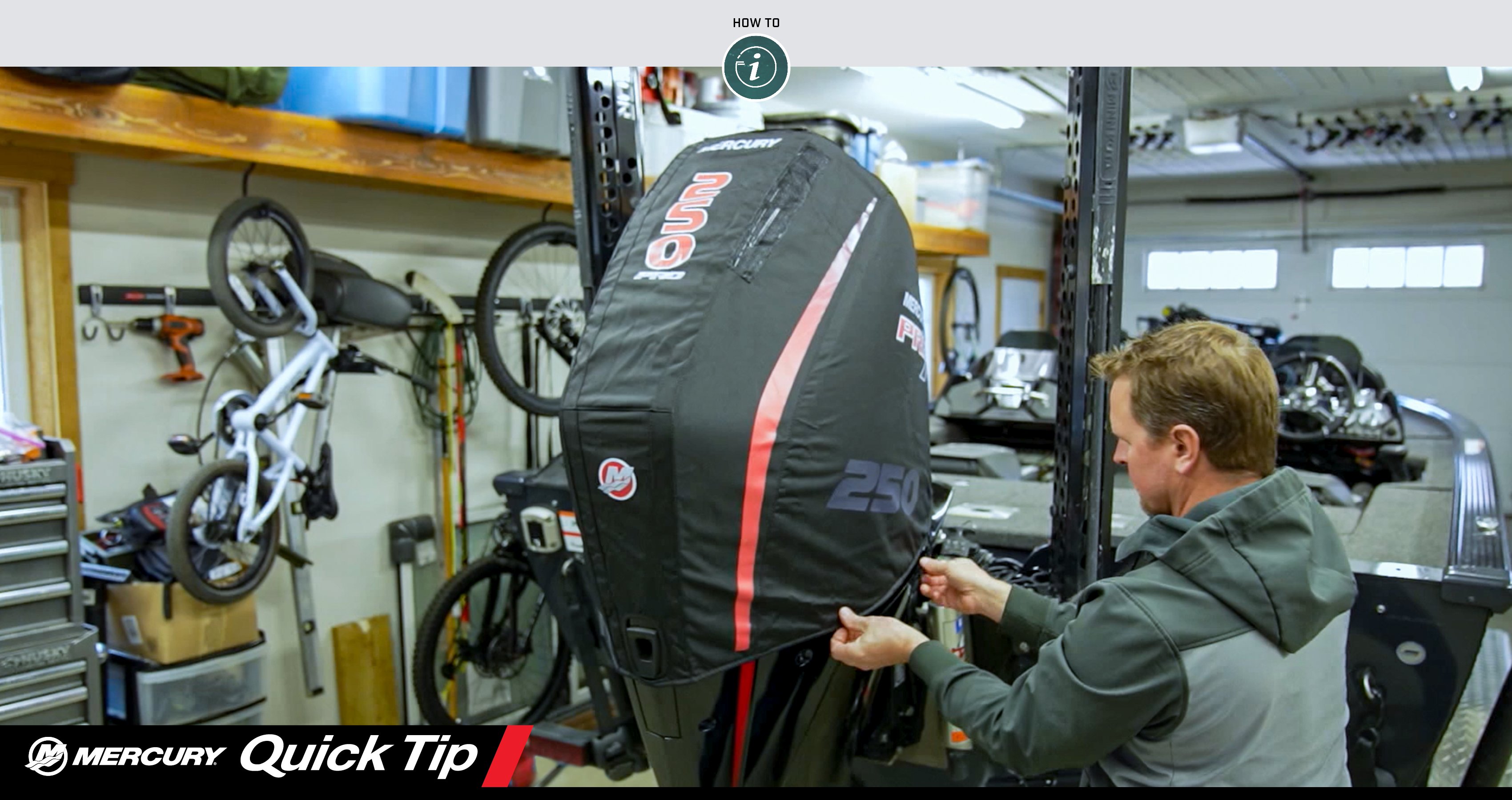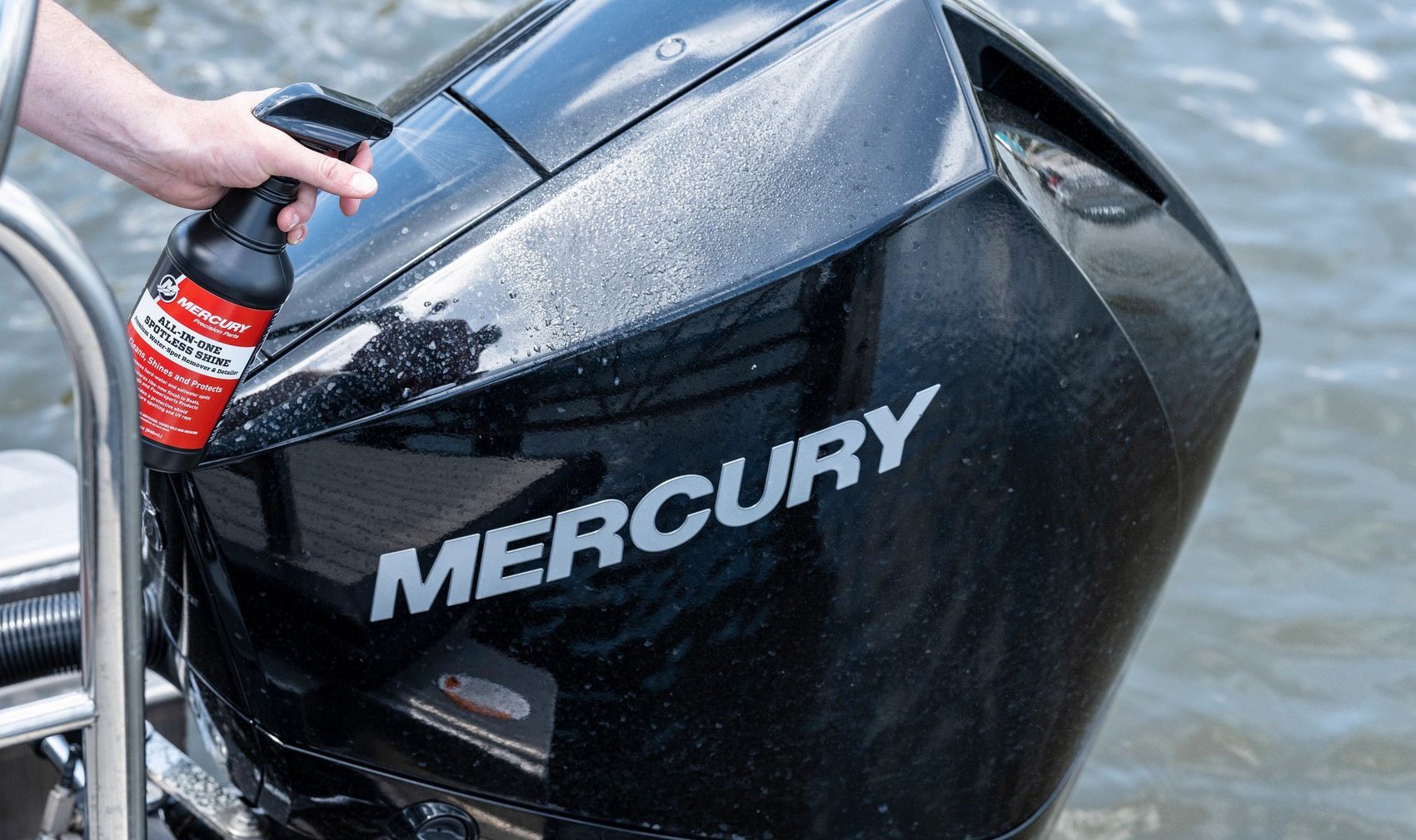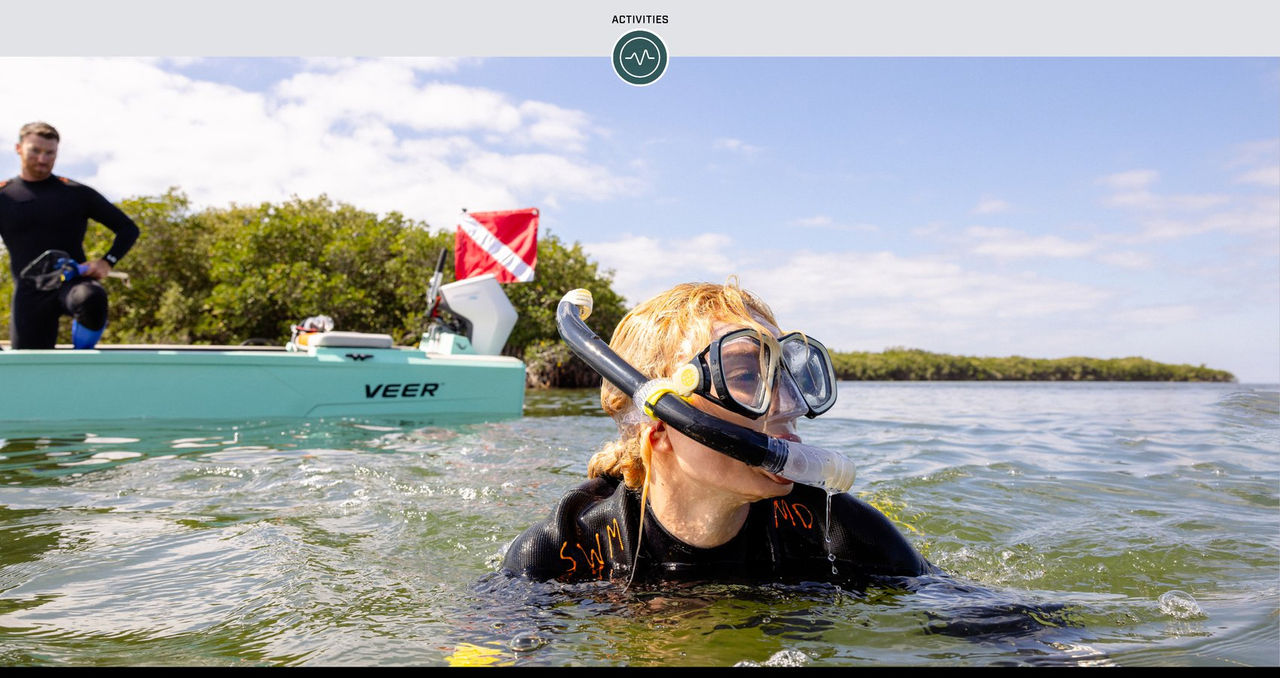Boats make an ideal launch pad for an array of snorkeling and scuba-diving adventures. Venturing beneath the surface of the water with a mask to see the seascape and wildlife below can make you feel like you’ve been transported to a whole new world. As with boating, however, it is important to follow a few guidelines so that you and your crew stay safe.
1. Get the proper training: Learning to breathe through a snorkel and clearing the tube when you surface from a dive can take a bit of practice for beginners. Before going snorkeling from a boat, let an experienced snorkeler show you the proper techniques in a swimming pool. Practicing in a pool can also help you to build confidence in your snorkeling abilities before you head out to open water.
Scuba diving, on the other hand, requires formal training and certification. You can do some of the coursework online, but you will also need to spend four to seven days in the water training with a professional dive instructor. Check with your local dive shop or visit www.padi.com for information about the scuba diving courses available in your area.
2. Make sure your gear fits: Both snorkeling and scuba diving require wearing a mask and fins. While scuba divers usually buy their own gear, snorkelers often will borrow a mask and fins from a friend or the boat rental company. Be sure to select a mask that fits snugly enough to your face to prevent water from leaking in but is not so tight that it leaves red marks on your forehead and around your eyes. It’s also important to choose fins that fit your feet. If they’re too big, you may lose them in the water.
3. Display a dive flag: In many states, it is required by law for boaters to fly a dive or “diver-down” flag when snorkelers or scuba divers are in the water. Regardless of your location, however, displaying a dive flag is an important safety precaution. Scuba divers are invisible to boaters who drive by when they are underwater, and even snorkelers on the surface can be difficult to spot.
The dive flag is a horizontal red flag with a diagonal white stripe. It must be at least 20 by 24 inches with a stiffener to keep it extended, and it must be flown from the highest point of the boat to increase its visibility. In addition, if your boat is at anchor, you should display the white-and-blue Alpha “A” signal flag, which indicates your boat is restricted in its ability to maneuver due to snorkelers or divers in the water. In addition, there are dive buoys and floats that divers can tether to themselves and tow to mark their location. Other boaters are required to make every reasonable effort to stay at least 300 feet away from a dive flag or buoy in open water, and 100 feet away in a restricted body of water like a canal.
4. Wear an inflatable vest: A BCD (Buoyancy Compensator Device) is an essential piece of scuba diving gear. But it’s also recommended that snorkelers wear an inflatable snorkeling vest, which will allow you to relax, conserve energy and control your buoyancy. A variety of different styles are available, including “horse collar” vests that go over the head and snorkel jackets, which provide an extra layer of warmth.
5. Dive with a buddy: The “buddy system” is an essential part of snorkeling and scuba diving. Never go into the water alone; always dive or snorkel with another person. Stay within sight of each other in the water and render assistance if needed. If your buddy should have a cramp or, in the case of scuba diving, run out of air, you will be right there to give your buddy the help they need, and vice versa.
6. Enter the water safely: Many boats have swim platforms that make it easier for swimmers and divers to enter and exit the water. Today, more and more center consoles have a dive door built into one gunwale. Before you jump in, however, make sure the boat’s swim ladder is extended or attached.
The giant stride entry is the easiest and most comfortable way to enter the water from a boat while wearing scuba gear, and it works for snorkelers as well. Here are the steps to take:
- Put on your dive mask, swim fins, and if you are scuba diving, your BCD, regulator and tank while you are still on board the boat.
- Partially inflate your snorkel vest or BCD so you will be buoyant once you are in the water.
- Stand at the edge of the swim platform facing outward with the tips of your fins over the water.
- Hold your mask to your face with the fingers of your right hand. If you are scuba diving, use your right palm to keep the regulator securely in your mouth. If you have a weight belt on, use your left hand to hold it in place.
- Check the water beneath you to make sure there are no other divers or swimmers in the way.
- Look straight ahead at the horizon.
- Take a big step forward with one foot, pushing off with the other.
- Inflate your BCD or snorkel vest to establish positive buoyancy.
- Signal to your buddy and people on the boat that you are OK.
7. Look but don’t touch. Exploring a reef while snorkeling or scuba diving is one of the most amazing experiences you can have in the water. Be sure to look, but do not touch. Coral reef ecosystems are extremely fragile, and the slightest touch can do extensive damage. Some coral, such as fire coral, also can sting you or cause a dangerous allergic reaction. As the saying goes, “Take memories but leave only bubbles.”
Your boat is the gateway to many different adventures, and snorkeling and scuba diving are among the most exciting pastimes you can pursue. By getting the proper training and taking a few common-sense precautions, you and your friends and family can safely enjoy the wonders that await you in the underwater world.




